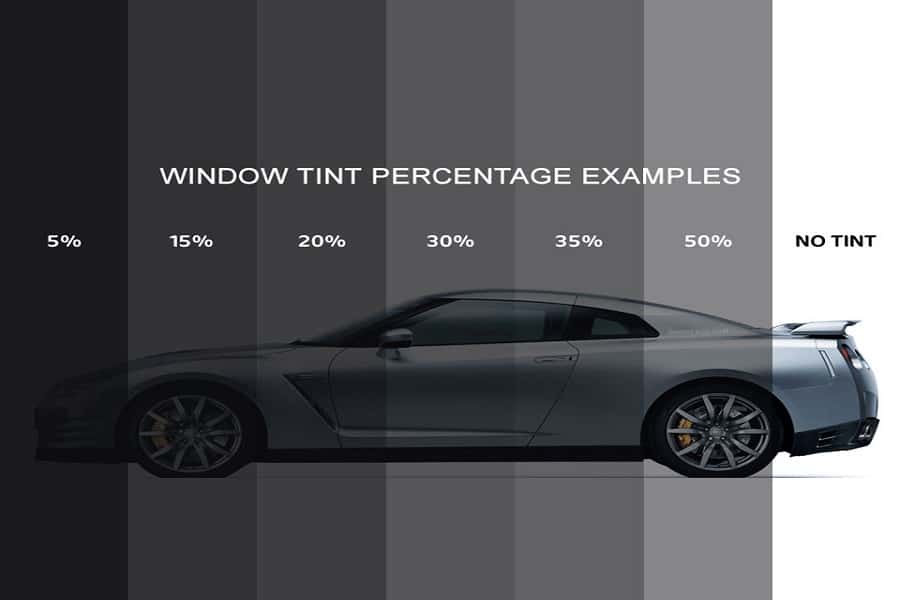Keep Cool with AO Detail Window Tinting Nearby
Eco-Friendly Window Tinting: Save Power and Decrease Your Carbon Footprint
Environment-friendly Window tinting stands for a significant development in lasting building techniques, offering both energy cost savings and a reduction in carbon emissions. By effectively obstructing UV rays and decreasing heat gain, these Window films not just enhance comfort however also add to reduce power expenses and enhanced a/c performance. Their structure from safe, recyclable products aligns with a growing dedication to ecological stewardship. As the demand for sustainable solutions increases, recognizing the nuances of selecting the right Window tint comes to be necessary for homeowners and organizations alike. What variables should be focused on in this decision-making process?
What Is Eco-Friendly Window Tinting?

Eco-friendly Window tinting describes Window film items developed with lasting materials and processes that decrease ecological influence while improving energy effectiveness. These products are generally produced using safe, recyclable products, making sure that their manufacturing and disposal do not add to environmental deterioration.
The modern technology behind eco-friendly Window tinting entails advanced applications that provide UV defense, glare reduction, and thermal insulation, every one of which can considerably minimize power consumption in residential and business structures. By managing indoor temperature levels, these films aid maintain a comfy living or functioning environment while lowering the dependence on home heating and cooling systems.
Additionally, eco-friendly Window tinting can be related to various glass surface areas, including property windows, office complex, and vehicle glass, making it a versatile alternative for different applications. The setup procedure normally involves minimal disturbance, enabling a smooth shift to an extra lasting service.
Environment-friendly Window tinting not only supports energy preservation efforts but also adds to a much healthier indoor environment by filtering system damaging UV rays. Thus, it stands for an essential action toward attaining higher sustainability in building layout and maintenance.
Benefits of Eco-Friendly Window Tinting
The advantages of eco-friendly Window tinting extend past plain aesthetic charm, providing substantial benefits for both energy effectiveness and passenger convenience. Among the primary benefits is the reduction of unsafe UV rays entering a structure. By obstructing up to 99% of these rays, environmentally friendly Window tinting helps secure interior furnishings, floor covering, and artwork from fading, therefore lengthening their life-span and lowering the demand for substitutes.
Additionally, environmentally friendly Window films add to enhanced indoor air quality. By reducing warm accumulation, these films aid maintain a much more steady indoor temperature, lessening the dependence on air conditioning systems and consequently boosting convenience. This security can bring about fewer temperature level changes, causing a more pleasant living or functioning setting.
Additionally, using sustainable products in green Window tinting products makes sure that the ecological impact is decreased throughout both production and setup. This aligns with the expanding trend towards lasting structure practices and can boost the total environment-friendly accreditation of a property. Ultimately, green Window tinting not just advertises a much healthier indoor ambience yet likewise straightens with ecological goals, making it a smart selection for environmentally-conscious customers.
Power Effectiveness and Cost Financial Savings
While numerous building proprietors concentrate on aesthetics, power effectiveness and cost savings are important aspects that make Window tinting a necessary financial investment. By minimizing the amount of warmth that goes into a building via its home windows, Window tinting can considerably reduced cooling costs, especially in warmer climates (AO Detail Window Tinting). This decrease in thermal gain allows a/c systems to operate more effectively, extending their life-span and minimizing upkeep expenses

Furthermore, some Window tinting items are created to block unsafe ultraviolet rays, securing furniture and interiors from fading. This not just extends the life of home furnishings however likewise special info minimizes the demand for replacement, more adding to cost financial savings. Over time, the financial investment in green Window tinting repays through minimized energy costs, making it a financially audio choice for building owners focused on both sustainability and economic effectiveness.
Ecological Effect of Window Tinting
Window tinting not only uses considerable energy effectiveness and cost savings yet also plays a vital role in decreasing the environmental impact of buildings. By minimizing warm gain from sunlight, Window tinting lowers the reliance on air conditioning systems, therefore decreasing energy usage. This reduction in power use straight correlates to reduced greenhouse gas emissions, contributing positively to the fight versus climate change.
Moreover, environmentally friendly Window tints frequently make use of sustainable materials and procedures, further minimizing their ecological impact. Most of these products are developed to last longer than conventional Window therapies, decreasing waste and the regularity of substitutes. In addition, the reflective residential or commercial properties of Window films can shield interior home furnishings and materials from UV damages, extending their life expectancy and minimizing the demand for replacements.
Moreover, by developing a much more comfy indoor atmosphere, Window tinting urges residents to rely less on synthetic lights, adding to energy financial savings. Collectively, these variables demonstrate that the adoption of Window tinting not only benefits individual building owners yet additionally fosters a wider dedication to ecological stewardship, making it a wise selection for lasting building and construction and renovation practices.
Choosing the Right Window Color
Often, picking the right Window color can be a vital choice for home owners and organizations alike, influencing both aesthetic appeals and capability (AO Detail Window Tinting). To make an enlightened selection, think about the primary purpose of the tint. If power effectiveness is a concern, choose Window movies with reduced solar warm gain coefficients, which properly minimize cooling costs while blocking harmful UV rays
One more essential variable is the color's visible light transmission (VLT) tints with reduced VLT percentages offer higher personal privacy and glare reduction, but might likewise dim interiors. On the other hand, greater VLT tints allow even more all-natural light, producing a brighter atmosphere without jeopardizing power effectiveness.
Additionally, take into consideration the material and toughness of the color. Top quality films can stand up to scrapes and fading, making certain long-term performance and visual appeal. Search for products with resource guarantees that show their longevity and efficiency.
Lastly, regional laws concerning color darkness and reflectivity should additionally be thought about to stay clear of lawful problems. By reviewing these elements very carefully, you can pick a home window tint that aligns with your energy-saving objectives while enhancing the total look and convenience of your space.
Conclusion
In verdict, environment-friendly Window tinting works as a reliable solution for boosting energy efficiency while decreasing ecological impact. By dramatically reducing heat gain and obstructing harmful UV rays, these lasting films add to reduced cooling costs and boosted indoor convenience. Making use of safe, recyclable materials further straightens with environment-friendly building techniques, promoting far better indoor air high their website quality and sustaining eco-friendly purposes. Ultimately, environment-friendly Window tinting represents an important investment for both domestic and industrial rooms committed to sustainability.
The benefits of environment-friendly Window tinting extend beyond simple visual allure, offering substantial advantages for both energy efficiency and resident comfort. By decreasing the amount of warm that enters a structure through its windows, Window tinting can substantially reduced air conditioning prices, especially in warmer environments. In the long run, the financial investment in environmentally friendly Window tinting pays off with decreased energy costs, making it a monetarily sound selection for structure owners focused on both sustainability and financial effectiveness.
By lessening warmth gain from sunshine, Window tinting lowers the dependence on air conditioning systems, thus decreasing power consumption.In final thought, green Window tinting offers as an efficient remedy for enhancing energy efficiency while lessening environmental influence.